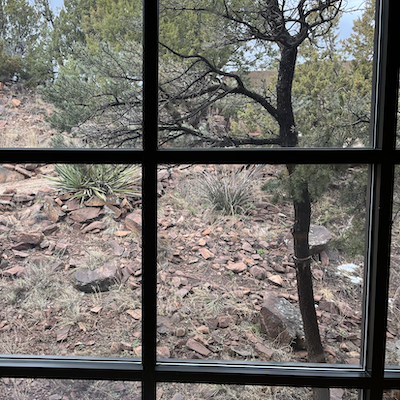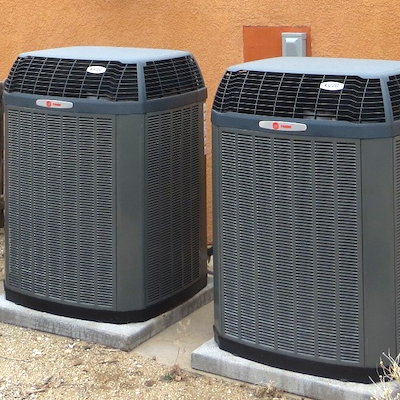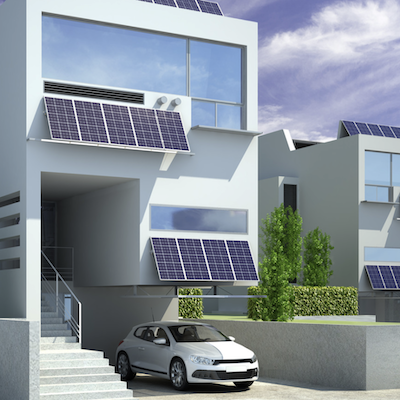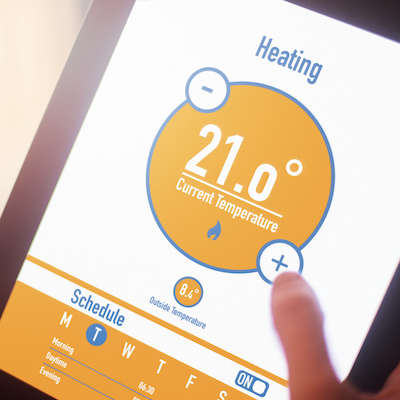Electrify New Mexico
Whether you own or rent, have one project or want to transform an entire house, this website will guide your path to an energy efficient, climate friendly, cost-effective and healthy place to live.
Electrify Everything
Electric appliances for cooking our food, heating our homes and water, drying our clothes and transporting us have made remarkable advances. They offer superior efficiency, precision, comfort, and health benefits at the same or lower cost as gas appliances.
And because electricity generation grows cleaner every day, switching to electric cuts climate and air pollution too.
Click below to see some possible upgrades.
Meet some of our Colorado neighbors who have already electrified!
Disclaimer: We are not tax professionals. Please contact the Internal Revenue Service or your tax adviser before you make any decisions regarding tax credits described in this website.
What To Know Before You Start
There are tax credits and rebates to lower your costs, and these can be stacked, or combined together, for greater savings.
Eligibility for the different programs depends on your household income, household size and location.
Not all products qualify for all of the tax credits and rebates. For example, some heat pumps and heat pump water heaters that qualify for PNM rebates do NOT qualify for federal or state tax credits.
Click here to learn more!
 Electrification takes time. Between few knowledgeable installers, a lack of Energy Auditors and annual limits on tax credits, it may take several years. If the Inflation Reduction Act is not repealed, federal incentives last until 2032. However, we understand that heat pump prices may go up next year by 30% in part because manufacturers will be required to use new refrigerants starting Jan. 1, 2025.
Electrification takes time. Between few knowledgeable installers, a lack of Energy Auditors and annual limits on tax credits, it may take several years. If the Inflation Reduction Act is not repealed, federal incentives last until 2032. However, we understand that heat pump prices may go up next year by 30% in part because manufacturers will be required to use new refrigerants starting Jan. 1, 2025.
 Key actions to do now: (1) seal leaks, insulate & upgrade your house’s “envelope.” This will reduce the size/cost of any subsequent heat pump; (2) research heat pump water heaters and heat pumps before your existing units fail; (3) try an induction burner to avoid harmful fumes from gas.
Key actions to do now: (1) seal leaks, insulate & upgrade your house’s “envelope.” This will reduce the size/cost of any subsequent heat pump; (2) research heat pump water heaters and heat pumps before your existing units fail; (3) try an induction burner to avoid harmful fumes from gas.
Heat pumps heat & cool. Cold climate heat pumps do not need electric strips or gas backup, but are more expensive. Switching from propane or electric heating to a heat pump lowers energy costs. Gas-to-heat-pump switch increases electricity usage. Solar helps. Get 3 quotes & tax-eligibility certificate.
To save upfront costs, installers suggest dual fuel systems (heat pump/gas furnace/coil) that get utility/gas rebates, but may not qualify for tax credits. No NM tax credit for dual fuel. Federal credit requires 97% efficient furnace. Insist on an itemized receipt (breaks out labor/equip & install cost of each component). Get a system AHRI certificate or at least manufacturer’s certificates for the components showing tax credit eligibility.
 If you have at least 100 amps, you may not need to upgrade. A heat pump or other installer may say you need an electric panel (breaker box) upgrade to 200 amps. This can be very expensive and may trigger an even more costly service upgrade that could delay your projects for months or years. Learn about strategies to avoid an upgrade here.
If you have at least 100 amps, you may not need to upgrade. A heat pump or other installer may say you need an electric panel (breaker box) upgrade to 200 amps. This can be very expensive and may trigger an even more costly service upgrade that could delay your projects for months or years. Learn about strategies to avoid an upgrade here.
Where To Start
1. To see what is possible, take a look at these five case studies from Rewiring America that illustrate how people at different income levels and house/apartment sizes might map out electrification projects.
2. Take yourself on a tour of your residence.
-
- Most houses leak energy. Fixing high-heat-loss windows, leaky doors, or inadequate insulation can save you lots of money in equipment and heating and cooling bills. An Energy Audit and Weatherization should be your first first steps. Write this at the top of a list.
- Make a list of your appliances and their ages (how to find an appliance’s age; typical appliances’ lifespans). When might your appliances need replacing? Rewiring America says: Electrify when they die! Make a replacement timeline.
- Panel/Wiring Upgrades. Read about your home’s electric system in the What to Know Before You Start section above. Write “electric panel/wiring upgrade” near the top of your list if you think you will need these. Also write “240V” by the appliances that might need a 240V outlet or write “120V” if you’ve already decided to use a 120V version or want to discuss this with a contractor.
3. What are your top reasons to electrify? Here are some examples. On your timeline, highlight the changes that mean the most to you.
4. What financial incentives are you eligible for? Are you possibly eligible for low-income IRA rebates that come out in 2024? These can really cut the costs of appliances like heat pumps and electric upgrades, so you might have to wait for those on your timeline if you qualify. New Mexico will only be issuing IRA rebates to low-income and multi family buildings, NOT middle-income residents. Explore our webpages for other New Mexico incentives.
5. Timeline in hand, you are ready to put your plan together with Rewiring America’s planning guide.
- Full Guide including electrical requirements for appliances.
- Detailed checklist for homeowners and Landlords from the guide.
- Checklist for Renters from the guide.
Resources
Rewiring America:
-
- Personal Electrification Planner
- IRA Savings Calculator
- Planning Guide
- IRA Investment for Tribal and Indigenous Communities
- IRA for Disadvantage Communities
- What the IRA Means for Contractors
- 25C Energy Efficiency Tax Credit and 25D Residential Clean Energy Tax Credit
- Electrification Won’t Break the Grid
LoveElectric: Ready to Make a Change? Colorado-based website filled with info and real world examples of heat pumps, heat pump water heaters and cooking.
Electrify Now Oregon-based website includes information, webinars, real case studies on heat pumps, induction stoves, all electric homes, renewable electricity, and EVs. Estimates how much CO2 is avoided by taking action.
Carbon Switch Comprehensive Guides on water heaters, lighting, heating and cooling, insulation and stoves.
Northeast Energy Efficiency Partnership Air Source Heat Pump Installer and Consumer Resources – Buying guide, installation guide and information about heat pumps in cold climates.
Internal Revenue Service Credits and Deductions Under the Inflation Reduction Act includes information for individuals and businesses on everything from EVs to Solar and Wind Facilities.
New Mexicans who have Electrified!
Coming soon! Want to share your story? Email us at stefiwebsite@yahoo.com
























